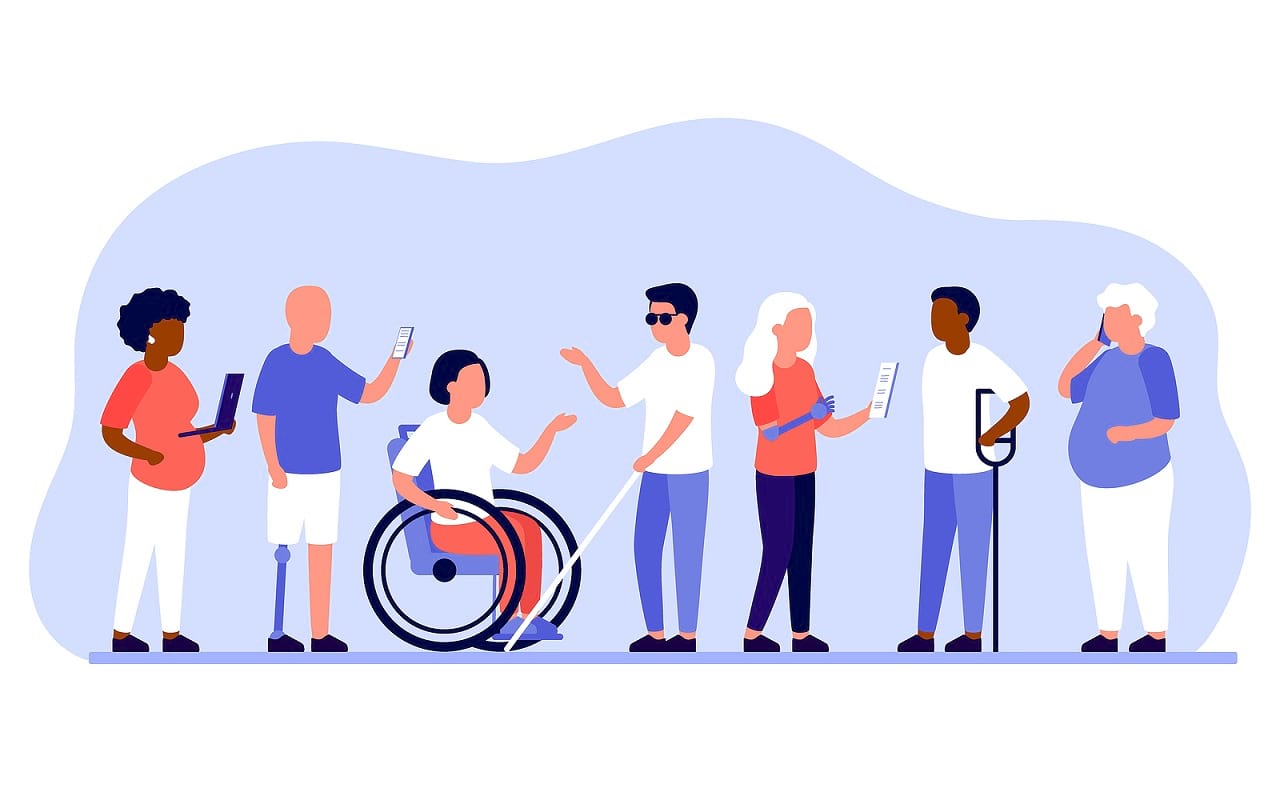How to Handle Microaggressions in the Workplace

According to one survey, 60% of people said they had witnessed or almost witnessed a microaggression in the workplace.
There’s a good chance that you could be dealing with microaggressions at your workplace. However, this can destroy your company culture and employer brand and make it an uncomfortable place for your employees to work.
If you want to know how to address microaggressions in the workplace, keep reading.
What Are Microaggressions?
A Havard psychiatrist termed the phrase microaggressions in 1970. Initially, it was used for racially-based aggressions, mostly from white Americans toward black Americans.
However, in 1973, an MIT economist extended this term to include gender, mostly against women. Now, microaggressions are used to define any nonverbal or verbal derogatory or hostile messages towards a marginalized group. For example, this could include discriminatory comments or actions towards disabled people, immigrants, religious people, people with a different sexual orientation, or elderly people.
Microaggressions are typically very subtle, so it can be hard to know when one occurs. However, there are three different types of microaggressions that you might notice at your workplace.
Different Types of Microaggressions
The three main types of microaggressions include microassaults, microinsults, and microinvalidations.
Microassaults
These are any intentional or conscious discriminatory actions. For example, someone could display racist symbols, prevent someone from dating the opposite race, use racial epithets, and more.
This could happen if someone displayed a swastika or other racist symbol in their office to make other employees uncomfortable.
Microinsults
These are more subtle nonverbal, verbal, or environmental communication types. They usually are rude or insensitive and are demeaning towards a marginalized community’s identity.
For example, a coworker could ask a marginalized coworker if they only got the job because of the person’s racial heritage or identity.
Microinvalidations
Microinvalidations are subtle actions or communications that negate, exclude, or invalidate a marginalized person’s feelings, reality, or thoughts. For example, this could be when a coworker asks a Latinx person where they were born. This implies that they are foreigners and not from there.
Because these are more subtle, it can be harder to identify them. Keep in mind that microaggressions could also be environmental. For example, if you don’t have a diverse leadership position, this could make marginalized communities uncomfortable. It would be best if you created a company culture where everyone feels like they belong regardless of their background.
How to Handle Microaggressions
Whether the microaggressions were intentional or not, you’ll need to learn how to handle these microaggressions. You can use education and empathy to help some problems, but it may not fix everything. Instead, you should focus on helping everyone understand how these microaggressions can affect someone else and help everyone uncover their own biases and how they might affect others.
You should first figure out if the incident in question is worth addressing. You’ll need to factor in the relationship between the two people involved and how serious it is. But you must ensure that you take everyone’s feelings into account, even though it’s a workplace issue.
Resolving these microaggressions can lead to uncomfortable conversations, which sometimes will be awkward. Make sure you have someone from human resources (HR) available to manage things if the conversation doesn’t go well. It would be best if you held the conversation to try and understand why the incident happened.
Give the people involved a chance to clarify their intention. You might discover that you opened the door for meaningful discussion so each person can learn. Then, give them an option to decide how they want to move forward. If they can’t agree, figure out a plan of action for them.
Keep in mind that this will depend on the severity of the incident. You might also consider reprimanding the employee for inappropriate behavior if it was a microassault.
How to Stop Them
While it’s not possible to stop every single microaggression at work, you can do things that will minimize them. You should have HR professionals trained to resolve these issues, and you can consult with them on a plan to reduce these.
They will help you focus on reducing them in a few ways with things like:
- Becoming an ally or advocate
- Hiring psychologists to provide training about racial microaggressions and psychological safety
- Understand identity stereotypes
- Promote emotional intelligence
- Create a safe space
- Update company policies
- Provide educational tools
- Learn about different types of microaggressions
- Recognize unconscious bias and prejudice
- Train management
- Create an inclusive company culture
If you’re interested in learning more about how you can create an inclusive organization’s culture and promote diversity for your business, check out our online publication, Recruiter Today.
Get the top recruiting news and insights delivered to your inbox every week. Sign up for the Recruiter Today newsletter.
